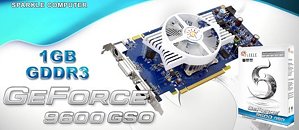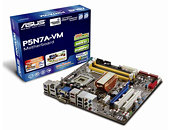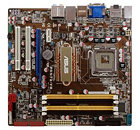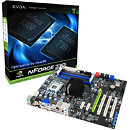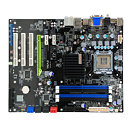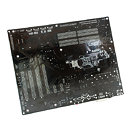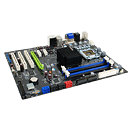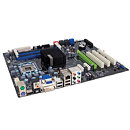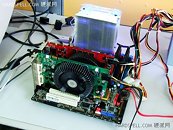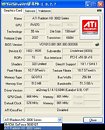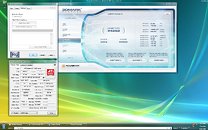
NVIDIA PhysX Driver Version 9.09.0010 Released
NVIDIA has released a new version of their PhysX System Software. This driver supports all GeForce PhysX compatible video cards.
- Supports NVIDIA PhysX acceleration on all GeForce 8-series, 9-series and 200-series GPUs with a minimum of 256MB dedicated graphics memory.
- Experience GPU PhysX acceleration in many games and demos, some of which are highlighted in PowerPack downloads on www.geforce.com.
- Resolves PhysX SDK runtime issues with multi-GPU configurations in Hybrid environments.
- Improves performance of some PhysX enabled games on GeForce GTX 285 and GTX 295 products.
- Resolves occasional system crashes when PhysX is enabled on some systems when running on EA's Mirrors Edge.
- Runtime upgrade ONLY for AGEIA PhysX processors users. (New installations should install older PhysX system software such as version 8.09.04 - prior to installing this update).
- Includes the latest PhysX runtimes used in the latest game titles.
- Supports NVIDIA PhysX acceleration on GeForce via CUDA 2.0 for SDK versions 2.7.3, 2.7.2, 2.7.5, 2.8.0 and 2.8.1 (requires graphics driver v177.81 or later).
- Includes all the latest PhysX SDK Runtimes.
- Supports latest combines PhysX and SLI control panel featured in the latest GeForce drivers.

